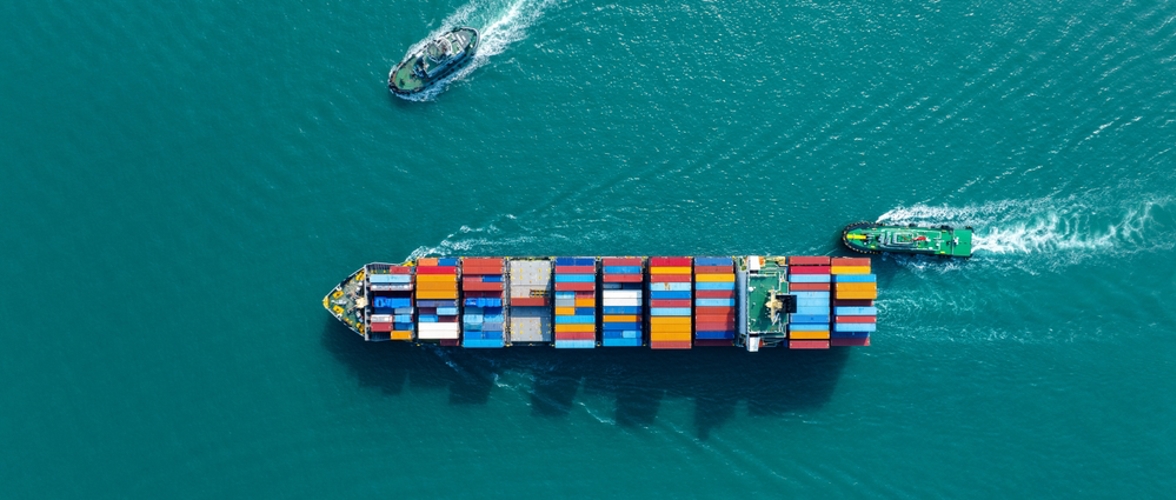In the post-pandemic world, the state of third-party logistics has become a crucial topic for businesses worldwide.
The industry has been hit hard by significant disruptions such as supply chain inefficiencies, capacity constraints and rising costs.
Third-party logistics refers to the outsourcing of logistics and supply chain management functions to an external provider. These providers then handle various aspects of an organization's logistics operations, including transportation, warehousing, freight forwarding, customs brokerage and order fulfillment.
While organizations can choose to handle logistics in-house, outsourcing has become the widely accepted strategy for most organizations as it allows them to focus on their core competencies while leaving the logistics management to the experts.
The unrivaled convenience of third-party logistics makes it difficult for organizations to pivot – even when facing inefficiencies and disruptions.
Capacity Roadblocks
The air cargo industry has been facing a range of challenges that have affected its load capacity, yield trade and profitability. Issues like volatile demand, rising fuel prices and shortages within the supply chain have taken the industry below pre-covid levels. Struggling to keep pace with the resurgence of air travel and global trade, global air cargo has seen an 8.1% dip in demand (as of March 2023) compared to pre-pandemic levels.

Growing Demand
Although the air cargo industry is struggling, the rise of e-commerce has led to an increase in global demand for warehousing space and air freight. Through 2026, the global warehousing market size is expected to grow at a compound annual growth rate of 11.25%.

Innovative Solutions
With transportation and warehousing trends signaling continued supply chain challenges, it's no surprise that investment in supply chain automation has increased by 63%. By 2035, 45% of supply chains will likely be autonomous according to EY's survey of 200 senior-level supply chain executives.

Final Word
As we enter an AI boom, automated solutions will inevitably gain popularity. AI already powers the underlying technologies of autonomous systems used in sophisticated supply chains, having found its way into more than one-third of supply chain operations (37%) surveyed by EY. While it has played a part in supply chain management for several years – at least in some form – organizations will begin to leverage AI across more of their supply chain activities.
AI systems will be critical in managing the demands of globalization and improving supply chain resiliency. AI is capable of analyzing data and sensing changes in demand, then communicating them quickly across the supply chain. These forecasting methods will help organizations reduce waste and predict busy periods that require extra stock or warehouse space, all without human intervention.
While the convenience of third-party logistics will always come with some unknowns as organizations hand over control of their logistics processes, rising adoption of innovative solutions offers some promise. Demand forecasting and other sophisticated features are expected to increase efficiency and supply chain resiliency moving forward.









